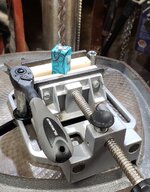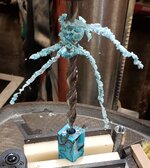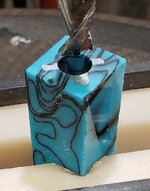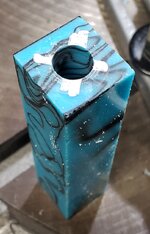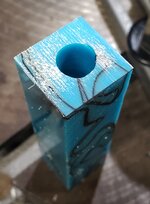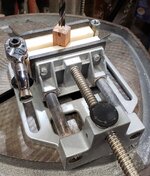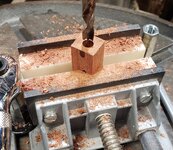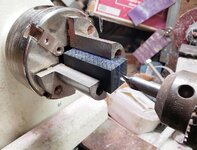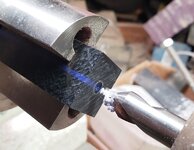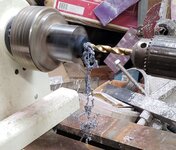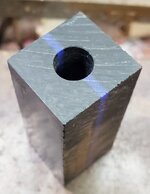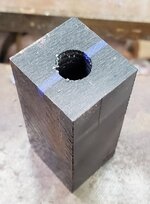I've seen more of a torpedo shaped drill bit for acrylics, claims it doesn't blow out the bottom as easy...??
Regarding the bits made for plastics. In my 35 year stint as an engineer, manager, and director, I was always tied closely to a machine shop in one capacity or another. That's where I learned about all kinds of specialized drill bits for different kinds of materials including plastics.
For plexiglass or polycarbonate (plastic) materials we always used drills that were ground specifically for drilling plastics. As you stated, the tip of the bit was ground to a sharper point (usually 90 degrees) as compared with standard drills (usually 118 or 135 degrees). They also had zero degree rake angles and a 10 degree (or so) lip angle.
The sharper point allows for a more gradual penetration in the plastic which helps reduce friction and provides less "bite" which helps reduce cracking, chipping, and heat buildup which can be very detrimental to drilling plastics. Drilling generates more heat than in most all other machining processes.
Deep hole drilling in plastics requires "peck drilling" to remove chips and to provide heat dissipation. The rule of thumb was that the depth for each "peck" was no more than 4 times the diameter of the hole being drilled. Improper chip ejection is the number one cause of the heat buildup that causes cracking, melting, and dimensional instability (which usually shows up as an undersized hole). One other tip is to reduce the feed rate when the drill gets close to exiting the material to help prevent blowouts and chip-outs.
That being said, many people, including myself, have been successful drilling plastic blanks with standard 135 degree high speed steel bits, and I still use them occasionally but mostly for one-off's. For many of the pen drill sizes that I use frequently, I have invested in bits made especially for drilling plastics. I get mine from McMaster-Carr. They are available in standard "inch", metric, and "letter" drill sizes. For example, I have a 10mm (0.394 inch), an "X" (0.397 inch), and a "Y" (0.404 inch) so I can tweak the hole size if needed for 10mm tubes.
Regards,
Dave

